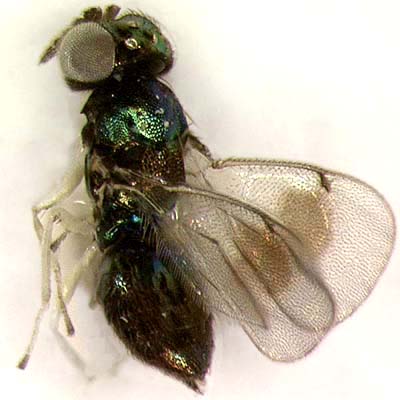 |
|||||||||||||||||||||||||||||||||||||||||||||||||||||||||||||||||||||||||||||||||||||||||||||||
|
|
Home | Open the Key | References | ||||||||||||||||||||||||||||||||||||||||||||||||||||||||||||||||||||||||||||||||||||||||||||
|
Achrysocharoides Girault, 1913 |
|||||||||||||||||||||||||||||||||||||||||||||||||||||||||||||||||||||||||||||||||||||||||||||||
|
|||||||||||||||||||||||||||||||||||||||||||||||||||||||||||||||||||||||||||||||||||||||||||||||
Classification
|
|||||||||||||||||||||||||||||||||||||||||||||||||||||||||||||||||||||||||||||||||||||||||||||||
Subfamily Tribe |
Entedonini |
||||||||||||||||||||||||||||||||||||||||||||||||||||||||||||||||||||||||||||||||||||||||||||||
Diagnosis
|
|||||||||||||||||||||||||||||||||||||||||||||||||||||||||||||||||||||||||||||||||||||||||||||||
|

|
||||||||||||||||||||||||||||||||||||||||||||||||||||||||||||||||||||||||||||||||||||||||||||||
| |
|||||||||||||||||||||||||||||||||||||||||||||||||||||||||||||||||||||||||||||||||||||||||||||||
Distribution |
|||||||||||||||||||||||||||||||||||||||||||||||||||||||||||||||||||||||||||||||||||||||||||||||
|
Achrysocharoides is a moderate sized genus which mainly occurs in the Holarctic region; however, it is also known in the Australasian and Oriental fauna (Noyes, 2001). |
|||||||||||||||||||||||||||||||||||||||||||||||||||||||||||||||||||||||||||||||||||||||||||||||
| |
|||||||||||||||||||||||||||||||||||||||||||||||||||||||||||||||||||||||||||||||||||||||||||||||
Biology |
|||||||||||||||||||||||||||||||||||||||||||||||||||||||||||||||||||||||||||||||||||||||||||||||
|
Achrysocharoides species are known to be exclusively endoparasitoids of Lepidoptera leafminers and in particular of the families Gracillariidae and Nepticulidae (Noyes, 2001); however, Gates et al. (2002) have recently found A. ?zwoelferi (Delucchi) on Liriomyza sativae Blanchard (Agromyzidae). |
|||||||||||||||||||||||||||||||||||||||||||||||||||||||||||||||||||||||||||||||||||||||||||||||
| |
|||||||||||||||||||||||||||||||||||||||||||||||||||||||||||||||||||||||||||||||||||||||||||||||
| |
|||||||||||||||||||||||||||||||||||||||||||||||||||||||||||||||||||||||||||||||||||||||||||||||
Comments |
|||||||||||||||||||||||||||||||||||||||||||||||||||||||||||||||||||||||||||||||||||||||||||||||
|
Achrysocharoides belongs to the subfamily
Entedoninae by having 2 setae on submarginal vein, scutellum with
a single pair of setae, fronto-facial suture distinctly separated
from anterior ocellus and male scape with sensory pores placed
at the ventral edge.
This genus may be distinguished from the other Entedoninae included in the key by the combination of the following characters: postmarginal vein long at most as stigmal vein, fronto-facial suture straight and propodeum usually without median carina and plicae. Indeed, Achrysocharoides can be separated from Asecodes, Closterocerus and Trisecodes by not having row of setae extending from stigmal vein; from Apleurotropis, Pediobius, Proacrias and Pleurotroppospsis by not having transverse carina on pronotum and median carina on propodeum; moreover, Apleurotropis and Pleurotroppopsis have longitudinal grove posteriorly on mesoscutum and Pleurotroppopsis has also a pair of longitudinal lines on scutellum. Keys to Achrysocharoides species are available for Britain (Bryan, 1980), Japan (Kamijo, 1990a) and North America (Yoshimoto, 1977; Kamijo, 1991). Moreover, Hansson (1983) revised the Swedish species. |
|||||||||||||||||||||||||||||||||||||||||||||||||||||||||||||||||||||||||||||||||||||||||||||||
